Turf[TECH]Report - Controlled/Slow Release Fertilizers [Part 1]
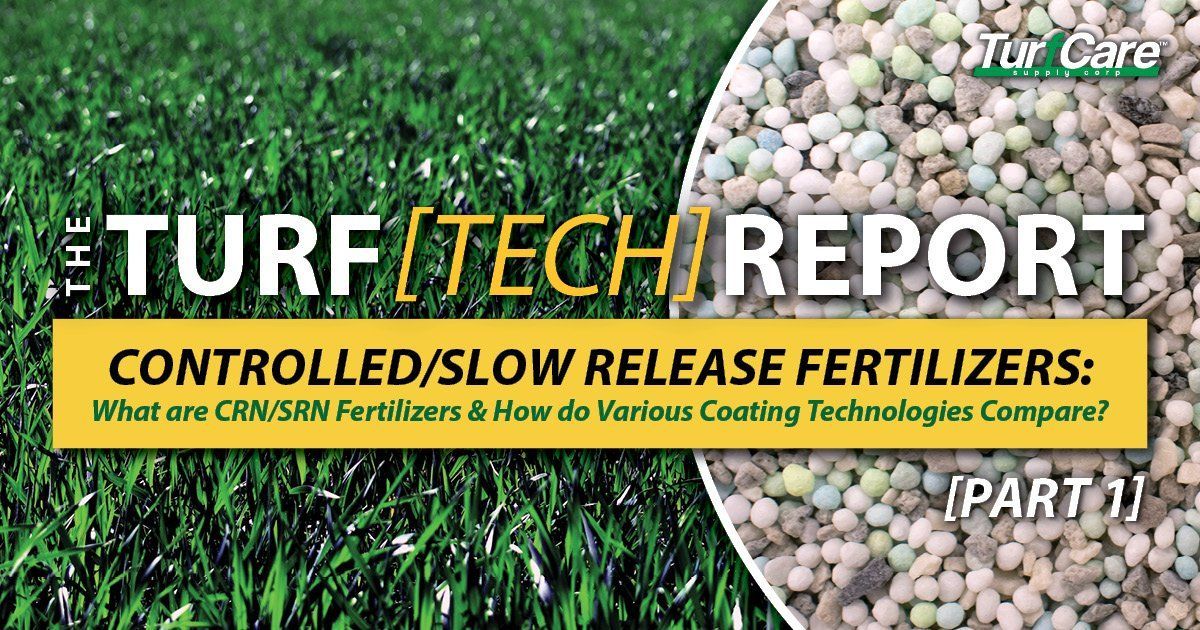
- Part 1: What are CRN/SRN Fertilizer and How do Various Coating Technologies Compare?
- Part 2: Understanding CRN/SRN Release Label Language and Product Review
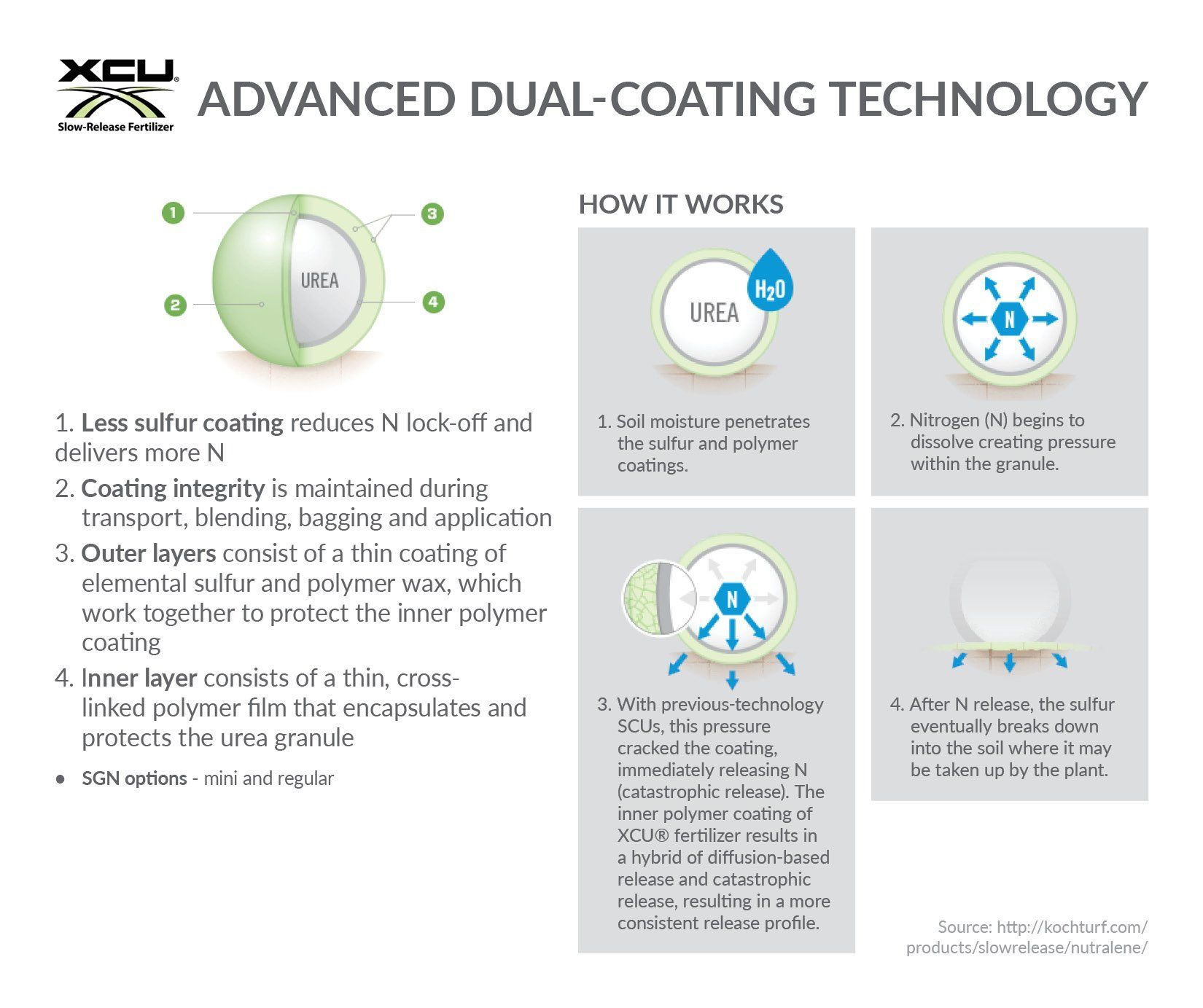
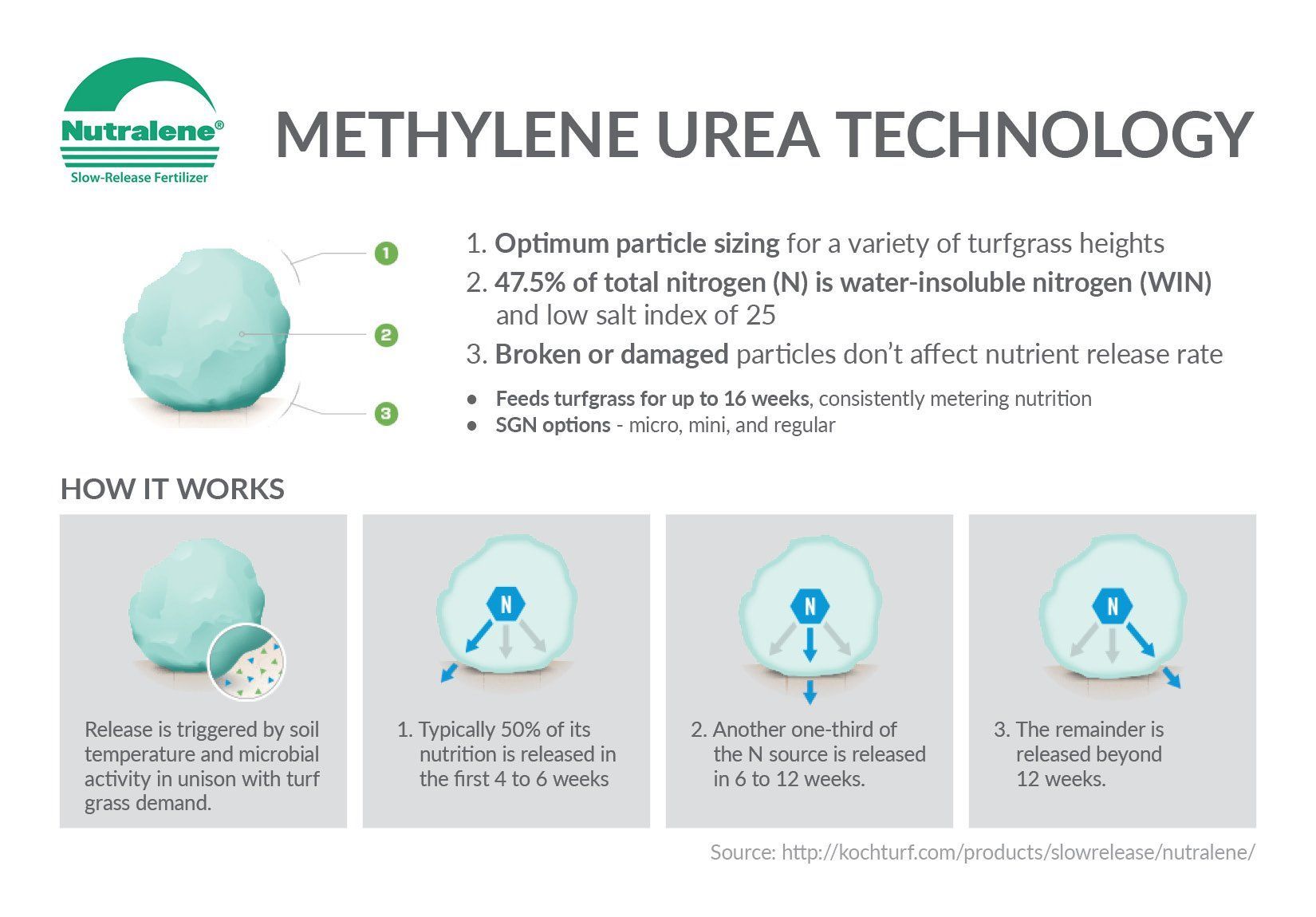
- The plant’s inability to assimilate so much nutrition in a short period of time leads to nutrient loss via leaching and volatilization
- Many fertilizers are highly acidic or basic; this results in a radical pH shift in the soi l which may end up burning the plant.
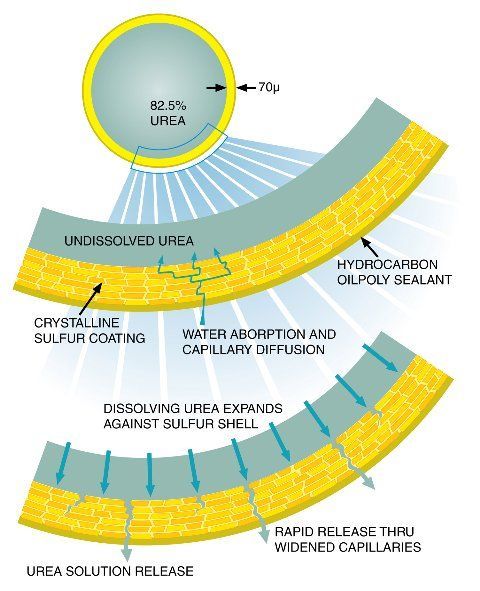
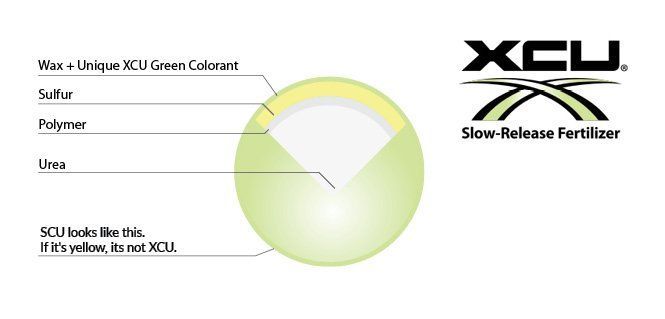
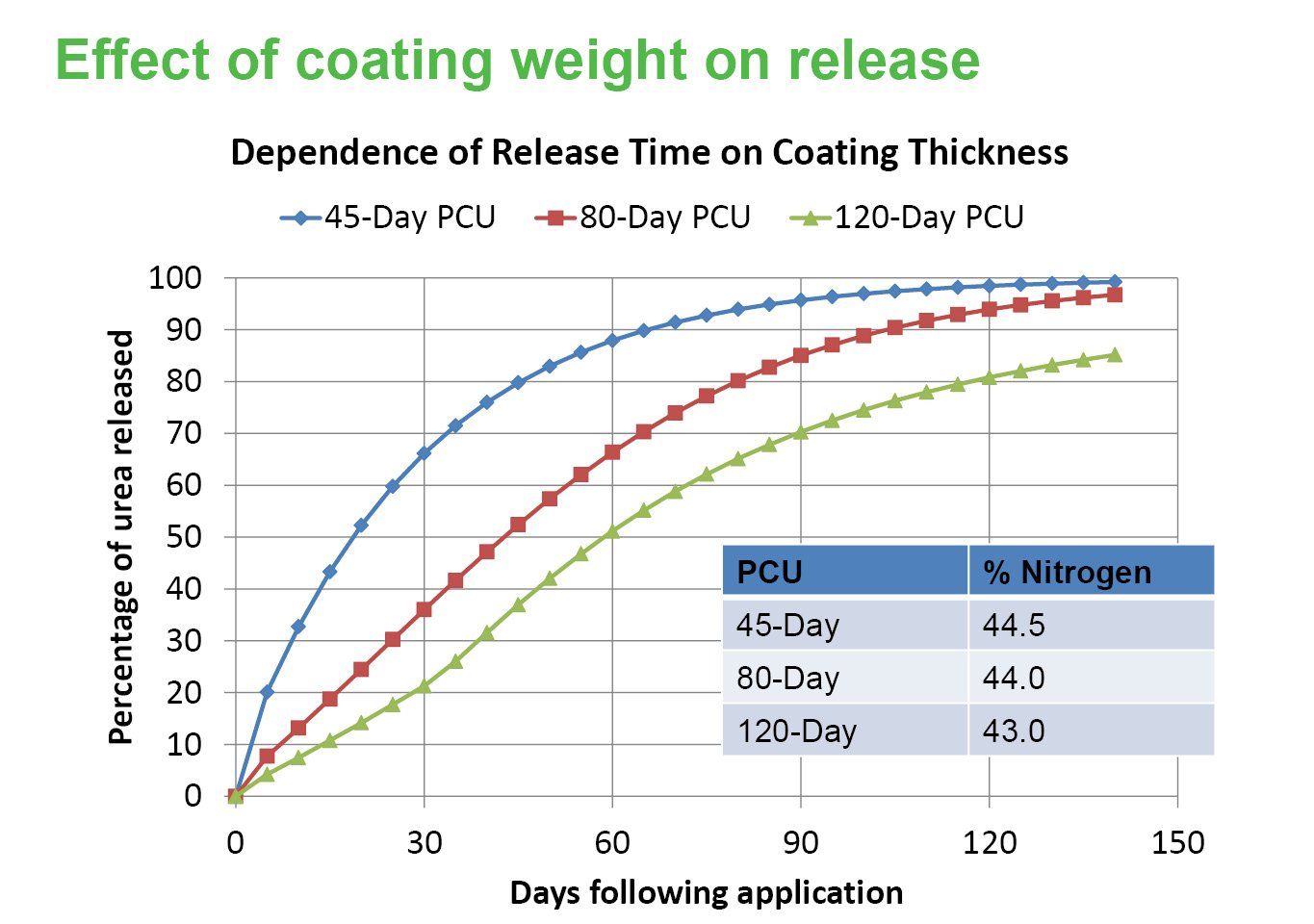
In the graph to the right, look at the release curves for 3 generic PCU (polymer coated urea)products. The thicker the polymer coating, the straighter the release curve (this is preferred). Notice that the 45-Day PCU has released about 80% of its urea in 45 days. Conversel y, the 120-Day PCU has only released about 38% of its urea in 45 days. SRNs with longer and straighter release curves usually have a thicker polymer coating or multiple polymer/sulfur coatings (with or without wax) and are generally more expensive. Note that over time the curves begin to level off. Some coated urea fertilizers are so effective at repelling water that some of the nitrogen remains trapped in the granule indefinitely. This problem is known as “lock-off.” Also note that thicker coatings will translate into slightly diminished guaranteed analyses for nitrogen content.
For further questions about controlled/slow release nitrogen technology, email info@turfcaresupply.com or call TurfCare™ Supply at (877) 220-1014. For technical questions, contact TurfCare’s Agronomist, Joe Marchinchin at jmarchinchin@tcscusa.com
JARGON ALERT
- Leaching – this is a process by which water dissolves fertilizer and carriers the nutrients out of the root zone so that they become permanently unavailable to plants. Too much leaching can lead to contaminated water tables and waterways.
- Volatilization – this is a natural process by which nutrients (such as nitrogen) are converted from a solid or liquid form into gaseous form via microbial digestion or chemical conversion. This is a major problem with nitrogen rich fertilizers in the presence of excess water and heat. Any nitrogen that volatizes is lost to the atmosphere and is of no use to plants.
For professional fertilizers, humic and AMP-XC™ enriched products available, please visit TurfCare’s online Product Catalog.
For green industry professionals or others interested in ordering Turfcare products, please contact our Customer Service to find a distributor near you.
The TURFReport Highlights:
Additional Articles and Insights
















